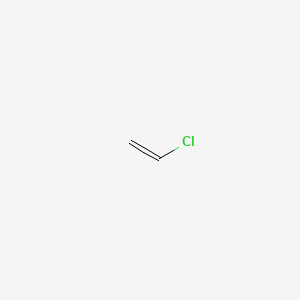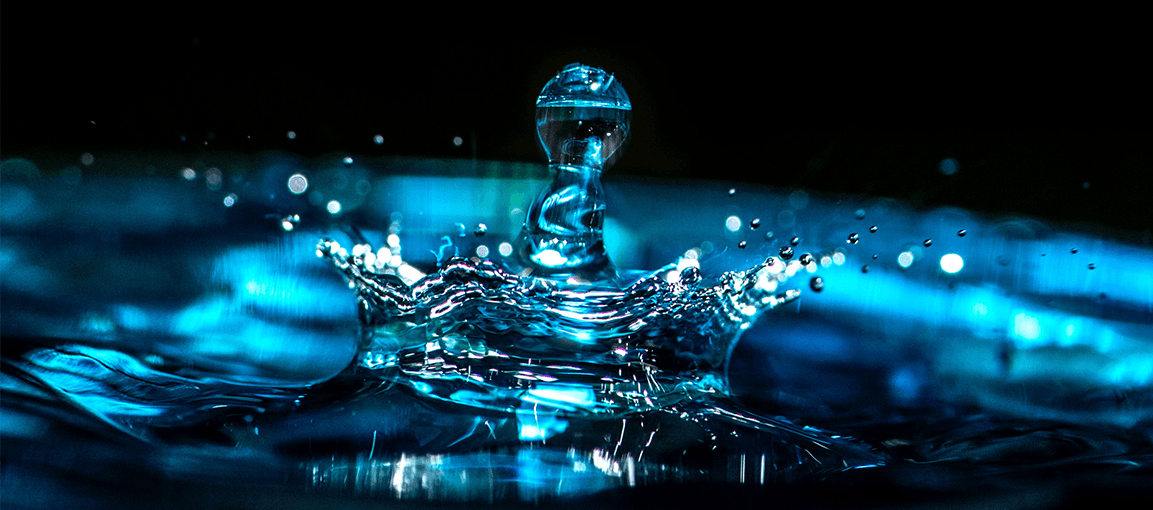The direct intracellular metabolism of vinyl chloride proceeds via oxidation to an intermediate compound chlorooxirane which ultimately degrades to carbon dioxide and water hartmans and debont 1992.
Vinyl chloride time to degrade.
First of all you need to know that vinyl chloride often sta.
Vinyl chloride is an organochloride with the formula h 2 c chcl that is also called vinyl chloride monomer vcm or chloroethene this colorless compound is an important industrial chemical chiefly used to produce the polymer polyvinyl chloride pvc.
About 13 billion kilograms are produced annually.
Vinyl chloride is a colorless organic gas with a sweet odor.
Pvc is very corrosive and abrasive and cutters that are not made from stainless steel or a comparably corrosive resistant material are likely to deteriorate over time.
The chlorooxirane an unstable.
However because of its insolubility and intractability it remained a laboratory curiosity until it was plasticized by waldo semon in the 1930s.
Oldring in encyclopedia of physical science and technology third edition 2003.
Polyvinyl chloride and thermosetting materials such as epoxy resins which are.
Vinyl chloride is a cancer causing compound formed from solvents in groundwater systems under anaerobic conditions.
Xiv a vinyl chloride containing polymers.
How do people get exposed to vinyl chloride.
Polyvinyl chloride was synthesized by baumann in the 1870s.
Polyvinyl chloride can be cut on a cnc machine but any machinist who has tried has probably experienced degradation in the cutter depending on the material it is made from.
The ability of the hydrated electron to degrade vc has also been demonstrated with the ferrous iron uv arp in a previous study liu et al 2013.
Can thus stimulate vinyl chloride degradation without any additional treatment amendments or technologies.
It is used in the manufacture of numerous products in building and construction automotive industry electrical wire insulation and cables piping industrial and household equipment medical supplies and is depended upon heavily by the rubber paper and glass industries.
Shows the reaction between hydrated electron and vinyl chloride to produce a vinyl radical and a chloride ion koester and asmus 1971 with a rate constant reported as 2 5 10 8 m 1 s 1.
Propylene vinyl degradation of plastics and polymers 2371.
Chloride vinyl acetate and methyl methacrylate are other examples of.










































